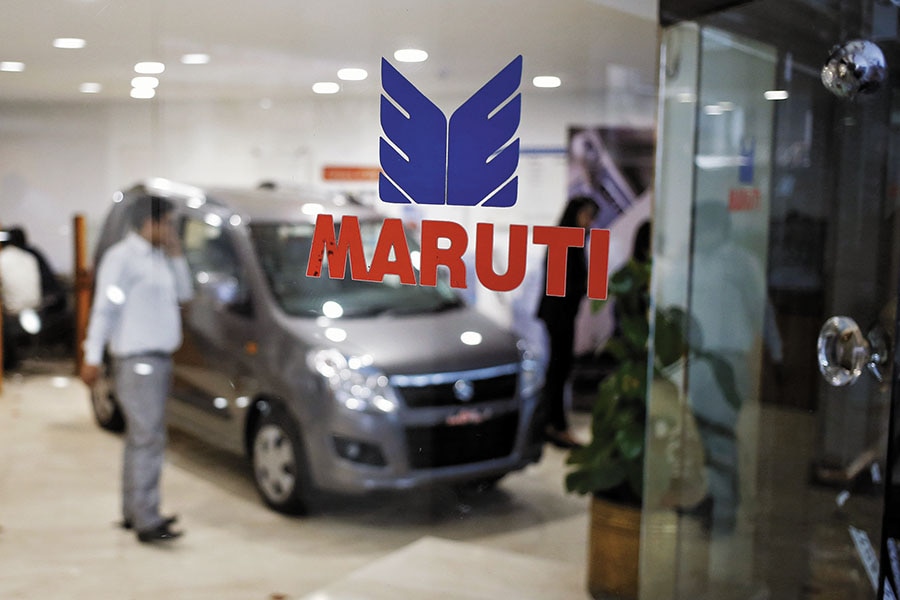
Beating slowdown blues with new car launches
The auto market is expected to recover from July up to the festive season
 Image: Anindito Mukherjee / Reuters
Image: Anindito Mukherjee / ReutersSince the beginning of 2019, India’s automobile market has been faced with a slowdown. In May, passenger vehicle sales fell by 20.6 percent to 239,347 cars compared to a year earlier, according to the Society of Indian Automobile Manufacturers. It was the biggest fall since a 22 percent decline in September 2001. In April, sales fell by 17 percent.
Yet, in June, auto makers launched at least four new vehicles: Renault’s Triber (a budget MPV), Kia’s Seltos (a subcompact SUV), Toyota’s Glanza (a premium hatchback), and MG Motors’ Hector (a compact SUV). Ford India announced a new variant of EcoSport, and reduced prices of all its variants. In May, Hyundai had launched Venue (a subcompact SUV).
Other expected launches in 2019 include Tata Altroz and Honda HRV, while upgrades and refurbished models will include Hyundai’s Tucson, Renault’s Duster and the BMW’s 3 Series.
“Global markets are seeing some turbulence,” said Thierry Bolloré, Groupe Renault’s CEO, in June.
“New launches will reverse the slowdown that has been plaguing the market for the past 7 to 8 months,” says Puneet Gupta, associate director of Automotive Forecasting at IHS Markit. “There will be some recovery from July up to the festive season. From next year, things should be normal.” He adds that a financial crunch, caused by the NBFC crisis in particular and uncertainty during the elections, are crucial factors in the slowdown.
“Car makers begin thinking of models two or three years in advance,” says Deepesh Rathore, co-founder of Gurugram-based automotive consultancy Emerging Markets Automotive Advisors. “What we see now is the launch of vehicles that had been planned. The slowdown has numerous reasons for it. We will see some recovery by the end of the year, with upgraded models and discounts.”
India will introduce new emission norms next year. The Bharat Stage VI, the most advanced emission standard for automobiles equivalent to Euro-VI norms, will require automobile makers to reduce nitrogen oxide emission by 68 percent, and particulate matter emissions by five times compared to the existing BS-IV norms. This, and the government’s introduction of new safety norms, are expected to raise vehicle prices.
(This story appears in the 19 July, 2019 issue of Forbes India. To visit our Archives, click here.)















